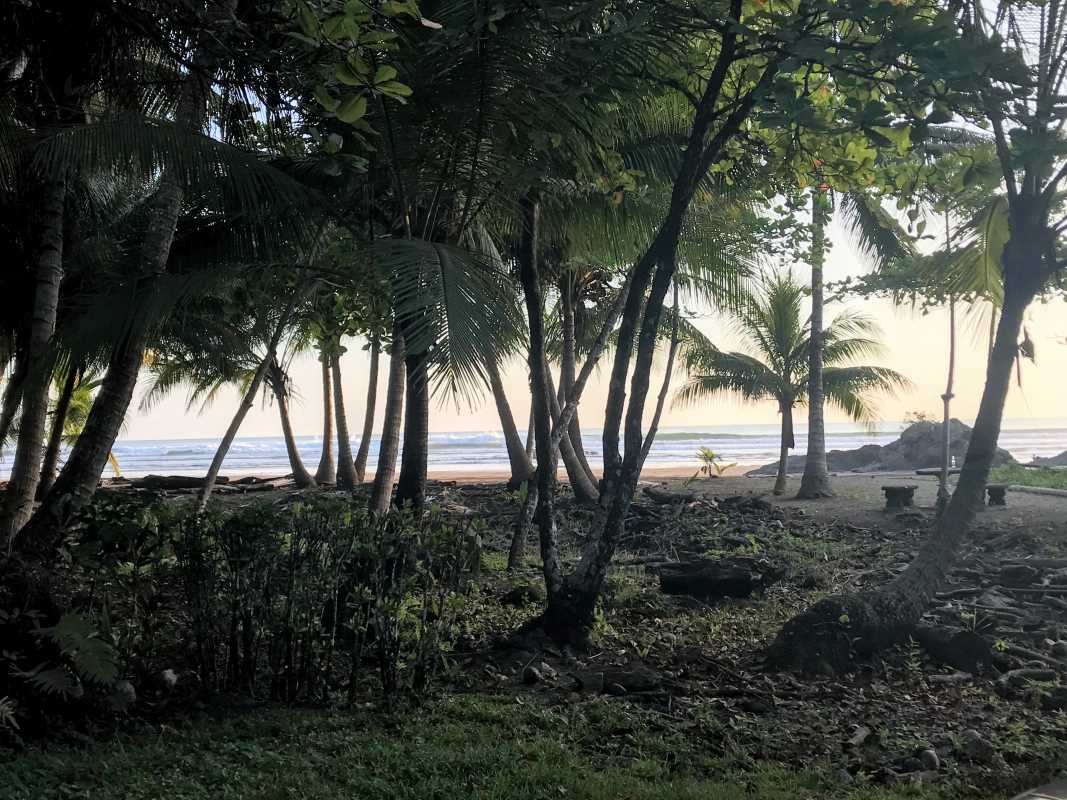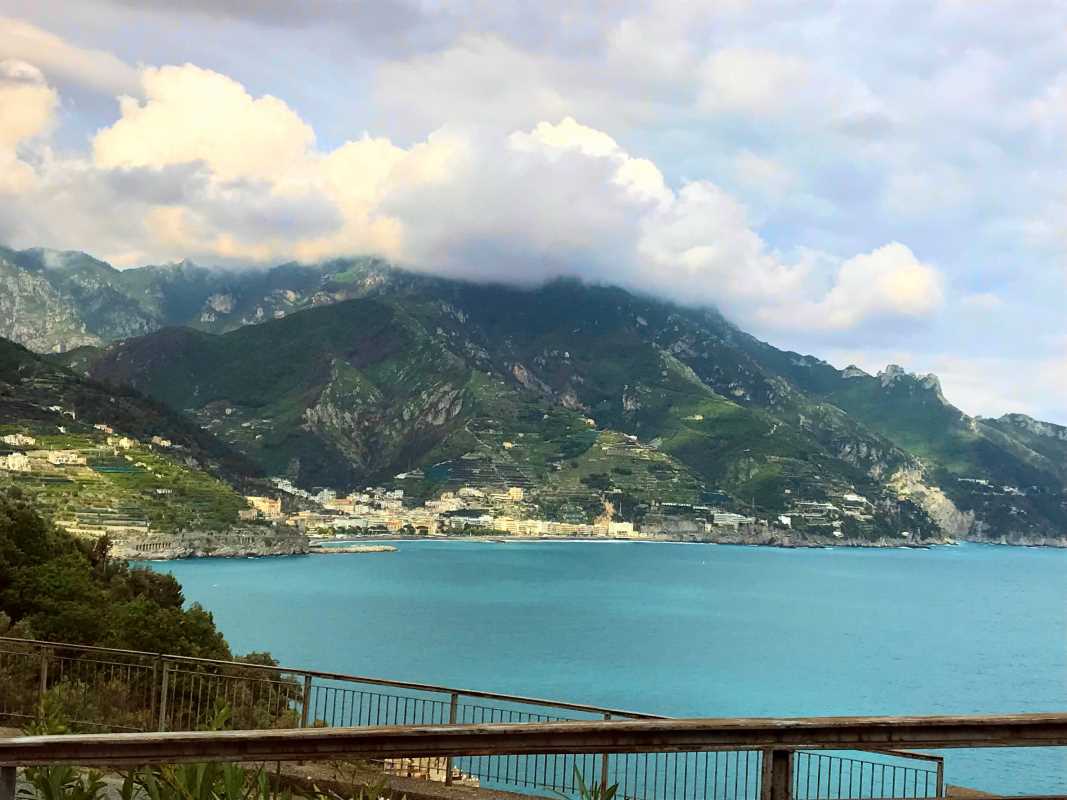Imagine stumbling upon a village frozen in time—empty houses, silent streets, and stories waiting to be uncovered in every stone wall. These are ghost villages, abandoned places tucked away in remote valleys where life once thrived but has since disappeared. Their quiet mystery and eerie beauty make them fascinating to explore. Why were they left behind? What secrets do they hold? These villages are more than crumbling ruins. They’re windows into history, showing how people lived and what drove them to leave. Exploring ghost villages feels like being a detective, piecing together the past of forgotten worlds.
What Are Ghost Villages?
Ghost villages are empty settlements where people no longer live. Unlike modern towns bustling with activity, ghost villages are quiet and often overgrown with plants. Some are in remote valleys, far from cities or main roads, making them hard to find but exciting to explore.
These villages weren’t always empty. Once, they were filled with the sounds of laughter, conversations, and daily life. People worked, farmed, and raised families in these places. Over the years, however, something forced the residents to leave. Now, all that remains are their homes, schools, churches, and sometimes even personal belongings like furniture or tools, left behind as if waiting for their owners to return.
Why Were Ghost Villages Abandoned?
There are many reasons why villages are abandoned, and each ghost village has its own story. Some were left behind because of natural disasters. Earthquakes, floods, or landslides can destroy homes or make it too dangerous to stay. Other villages were abandoned because of economic struggles. People may have had trouble finding jobs or food, so they moved to cities for a better life.
Another reason is war or conflict. People often flee their homes during wars to stay safe, leaving their villages behind. Over time, these places fall into ruin. Lastly, changing environments can make it hard for people to stay. For example, if a nearby river dries up or farmland no longer grows crops, people must leave to find somewhere else to live.
While the reasons vary, each ghost village tells a story about human resilience and the challenges we face from nature, economics, or history.
Fascinating Examples of Ghost Villages
All over the world, ghost villages draw curious explorers eager to learn their secrets. Here are just a few examples of these hauntingly beautiful places.
Craco, Italy
Craco is a stunning ghost village perched high on a rocky hill in southern Italy. It was once a vibrant town, but landslides and earthquakes made it unsafe, causing the villagers to leave in the 1960s. Today, its stone buildings and narrow streets look like scenes from a medieval movie. In fact, Craco has been used as a backdrop for films like The Passion of the Christ. Visitors can walk among its crumbling walls and imagine what life was like centuries ago.
Kayaköy, Turkey
Kayaköy, in Turkey, is another ghost village with a fascinating history. It was once home to Greek families who lived there peacefully for generations. However, after a war between Greece and Turkey in the early 1900s, the residents were forced to leave as part of a population exchange. The empty houses, schools, and churches still stand as a reminder of a time when the village was full of life. Today, it is a quiet place where you can wander through the ruins and reflect on its past.
Oradour-sur-Glane, France
Oradour-sur-Glane is a ghost village with a tragic story from World War II. Located in France, the village was destroyed by the Nazis in 1944, and most of its residents were killed. After the war, the French government decided to leave the ruins untouched as a memorial. Walking through Oradour-sur-Glane feels like stepping into a time capsule. Burned-out cars, destroyed buildings, and personal items like bicycles remain as they were on that fateful day, serving as a reminder of the horrors of war.
Kolmanskop, Namibia
Kolmanskop, in the Namib Desert, is a ghost village with a very different vibe. Once a wealthy diamond mining town, it was abandoned in the 1950s after the diamond supply ran out. Now, the desert has claimed it back, with sand filling the houses and streets. Visitors can explore the eerie mix of human structures and nature’s reclaiming force. The result is an unforgettable experience, as if the earth is slowly erasing the traces of human activity.
Preserving Ghost Villages
Many people hope to preserve ghost villages so their stories aren’t forgotten. Some villages, like Oradour-sur-Glane, are protected as historical sites or memorials. Others are being restored for tourism, allowing visitors to experience them without causing further damage. It’s important to remember that these places are part of our shared history and deserve respect.
Explorers should always tread lightly, avoiding actions that could harm these fragile sites. Taking only photos and leaving everything as it is helps ensure ghost villages can be appreciated for generations to come.
 (Image via
(Image via





